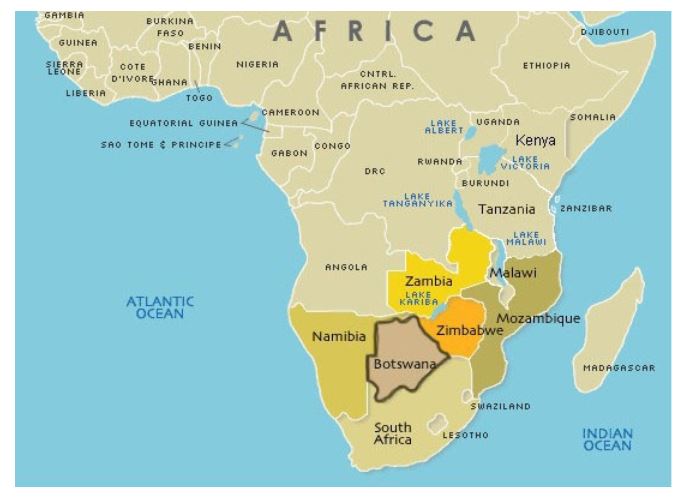UPSC Articles
African Elephant dying due to Cyanobacteria
Part of: GS Prelims and GS-III – Environment; Biodiversity
In news
- Recently, neuro-toxins in water produced by cyanobacteria killed more than 300 African elephants in the Okavango delta region, Botswana, South Africa.
Important value additions
Cyanobacteria
- They are blue-green algae.
- They are found naturally in soils and all types of water.
- These organisms use sunlight to make their own food.
- In warm, nutrient-rich (high in phosphorus and nitrogen) environments, cyanobacteria can multiply quickly.
- Toxic blue-green algae are occurring more frequently as climate change drives up global temperatures.
The African elephant
- It is the largest animal walking the Earth.
- Their herds wander through 37 countries in Africa.
- IUCN Status: Vulnerable
- African elephants in Botswana, Namibia, South Africa and Zimbabwe: CITES Appendix II
Botswana
- It is a landlocked country of southern Africa.
- The semi-arid Kalahari Desert covers about 70% of Botswana’s surface.
- It is home to mostly different types of acacia trees; animals like lion, cheetah, leopard, hyena, antelopes, meerkats, as well as many birds species and reptiles.
- It is also home to the tribes like- San people (Bushmen), Tswana, Kgalakgadi, and Herero people.
- Okavango Delta: It is one of the world’s largest inland deltas.
Do you know?
- Neuro-toxins are substances that damage, destroy, or impair the functioning of neural tissue.
- An algal bloom is a rapid increase in the population of algae or cyanobacteria in an aquatic system.

Image source: Click here














